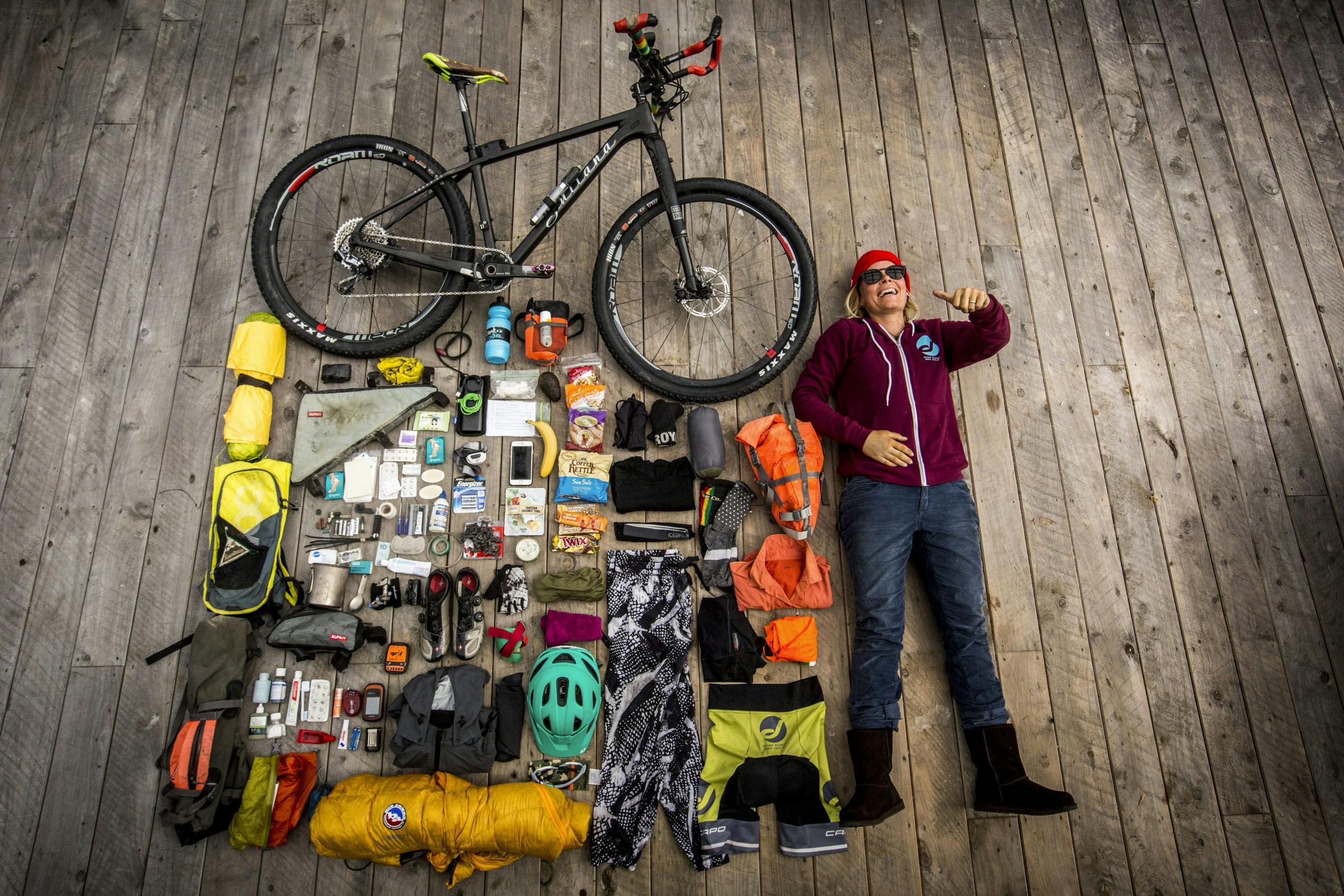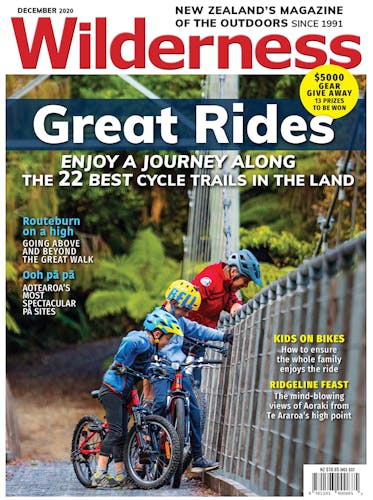Beyond a bike and safety equipment, what else do you need to pack on your cycle trail adventure? Jonathan Kennett suggests some essentials
There is a longstanding tradition among British expedition planners that apart from the absolute essentials, you should take only one small ‘comfort item’. For Kiwi cyclist extraordinaire, Louise Sutherland, that item was a bottle of nail polish. More commonly, it is a photo of a loved one or a mascot attached to the bike.
Whatever the case, packing light is your passport to happiness. While a cycle tourer might take over 20kg of gear, an experienced rider will pare it down to under 10kg.
Here’s some of the gear you’ll need on all the cycle trails. If you are planning one of the longer and more remote trails, you’ll need to consider taking additional gear, such as a personal locator beacon, more tools, food and sleeping equipment.
Essential gear
Most Great Rides can be ridden in sections, with your gear transported ahead to your accommodation. If you take advantage of that, you won’t need to pack sleeping bags and pads, stoves and tents making the essential gear list pretty small: two water bottles, front and rear lights, a cycle computer and map (or guidebook) or GPS for navigation.
Clothes
Layers will help you moderate your temperature on cool or warm days, and a thin balaclava or hat that can be worn beneath a helmet will add warmth, especially when stopped for a break. Either merino or synthetic materials are fine but avoid cotton clothing.
There are two specialist items that will make your trip much more comfortable: padded cycle shorts and cycle gloves. These are designed to avoid pressure points and make a big difference on longer rides.
Some tramping raincoats are too long for cycling. Your coat should not extend below your hips so that your legs can move easily.
Whatever you’re not wearing should be packed into your seat bag and even if you’re having your gear transported ahead, carry extra layers for protection from the elements.
Tools
Always pack the basic tools – you never know when you might get a puncture or something may rattle loose and need tightening. On every ride take a bike pump, two tyre levers, a spare tube and a multi-tool. If you are going for more than a couple of hours, add a small pocket knife with pliers and a puncture repair kit. For a full expedition tool kit, add a small bottle of chain lube, spare brake pads and a spare chain link.
The bits and bobs
There are a few other things to take with you, and not all of them would be in your normal tramping kit. You’ll need money or bank cards to make the most of café lunches or resupply opportunities. Your mobile phone and its charger will help you keep in touch with the operators you’ve booked. And as with any trip, don’t forget your sunglasses, sunblock, toothbrush, first aid kit, emergency blanket and dry bags.
Food
To save weight, it’s best to buy food along the way rather than carrying it. But, because some cycle trails are more remote than others, you’ll still need to pack some snacks. Some favourite foods to carry are:
- Muesli bars
- Bananas (hard to beat, easy to mash)
- Sports drink tablets (they come in a small tube container)
- Scroggin (pick ‘n’ mix from any supermarket)
- Chocolate (it’s hard to beat a peanut slab)







